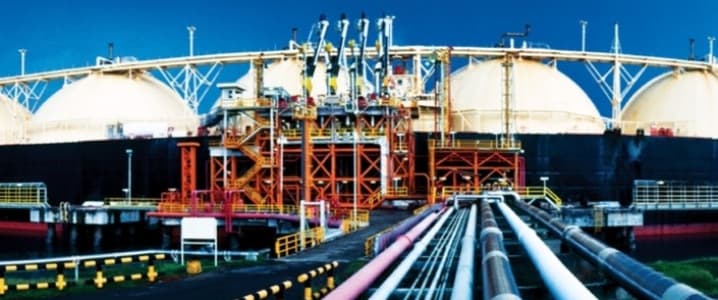Many oil majors have steered their strategies and investments into natural gas, aiming to seize the projected global gas demand growth as the world shifts away from coal-fired power generation. Oil and gas supermajors are pitching natural gas as the ‘bridge fuel’ between coal and renewables, with the value proposition that even if it’s a fossil fuel, natural gas burns cleaner than coal and allows for stable power supply until storage solutions paves the way for renewables to become less intermittent.
However, the cost of wind and solar is falling and is expected to drop sharply in the long term, and some analysts predict that there is not time enough for natural gas to assert itself as a true transition fuel before renewable energy takes over.
Everyone agrees that natural gas demand will grow, but some analysts forecast that the growth may not be as high as it was expected just a few years ago.
Nevertheless, Big Oil has bet big on natural gas demand growth.
After completing the acquisition of BG in early 2016, Shell’s CEO Ben van Beurden said: “I want Shell to be part of this transition by producing more natural gas to replace coal in power generation.”
Earlier this month, van Beurden said at the World Petroleum Congress in Istanbul that “Shell is determined to find solutions and will be spending up to $1 billion a year on our New Energies division by the end of the decade.”
“Wind and solar are contributing more and more to the global energy system and this must also happen if the world is to decarbonize. But the intermittency of renewables – both day by day and also season by season – means there will be a long-term role for natural gas power generation. New energy storage technologies will, in time, help the intermittency issue, but they do not exist yet,” the manager noted.
Total’s chief executive Patrick Pouyanne says that “we see gas as the only fossil fuel which will have a growing share…and it’s flexible enough to offer the right combination with renewables…we are positioning Total more and more on gas and in 35 years Total will produce and distribute more gas than oil.”
ExxonMobil’s current outlook to 2040 projects that demand for natural gas globally will rise by 45 percent, and demand for natural gas in the chemical industry will increase by 30 percent.
Related: Will Oil Inventories Continue To Fall Over The Summer?
BP sees natural gas growing at more than twice the rate of either oil or coal to 2035, but the UK oil major points out that there may be risks to gas demand. Gas demand “could be challenged by alternative assumptions about the strength of future climate and environmental policies, with both stronger and weaker policy assumptions posing potential threats.”
But according to the latest long-term outlook by Bloomberg New Energy Finance (BNEF), the market share of gas in global power generation is expected to fall from 23 percent in 2016 to 16 percent by 2040, and gas-fired power generation capacity will start to drop after 2031.
“Wind and solar are just getting too cheap, too fast. Gas does not win more than a third of the market lost by coal,” according to Seb Henbest, lead author of the BNEF report. Henbest pointed out that in this scenario the U.S. is likely one exception, where cheap gas has started driving coal out of the mix.
“However, even here the age of gas may be limited once the tipping points for solar and wind are reached,” the author noted.
This view on natural gas demand is not as optimistic as the oil and gas supermajors are expecting.
Natural gas demand is growing, but the growth curve hinges on many factors, including but not limited to: how fast China and India will transition away from coal, how energy storage solutions will evolve, and how government policies will affect demand from now until 2040.
Right now, the major oil and gas companies are positioning themselves to take advantage of natural gas in the era of fading coal and before the advent of en-mass renewable energy. But one day they’ll have to admit that natural gas demand can’t grow forever. The question is: When will it happen?
By Tsvetana Paraskova for Oilprice.com
More Top Reads From Oilprice.com:
- New Solar Tech Produces 50% More Energy Than Silicon Cells
- The Abrupt Demise Of Dutch Gas
- Why Oil Prices Can’t Gain Traction


















